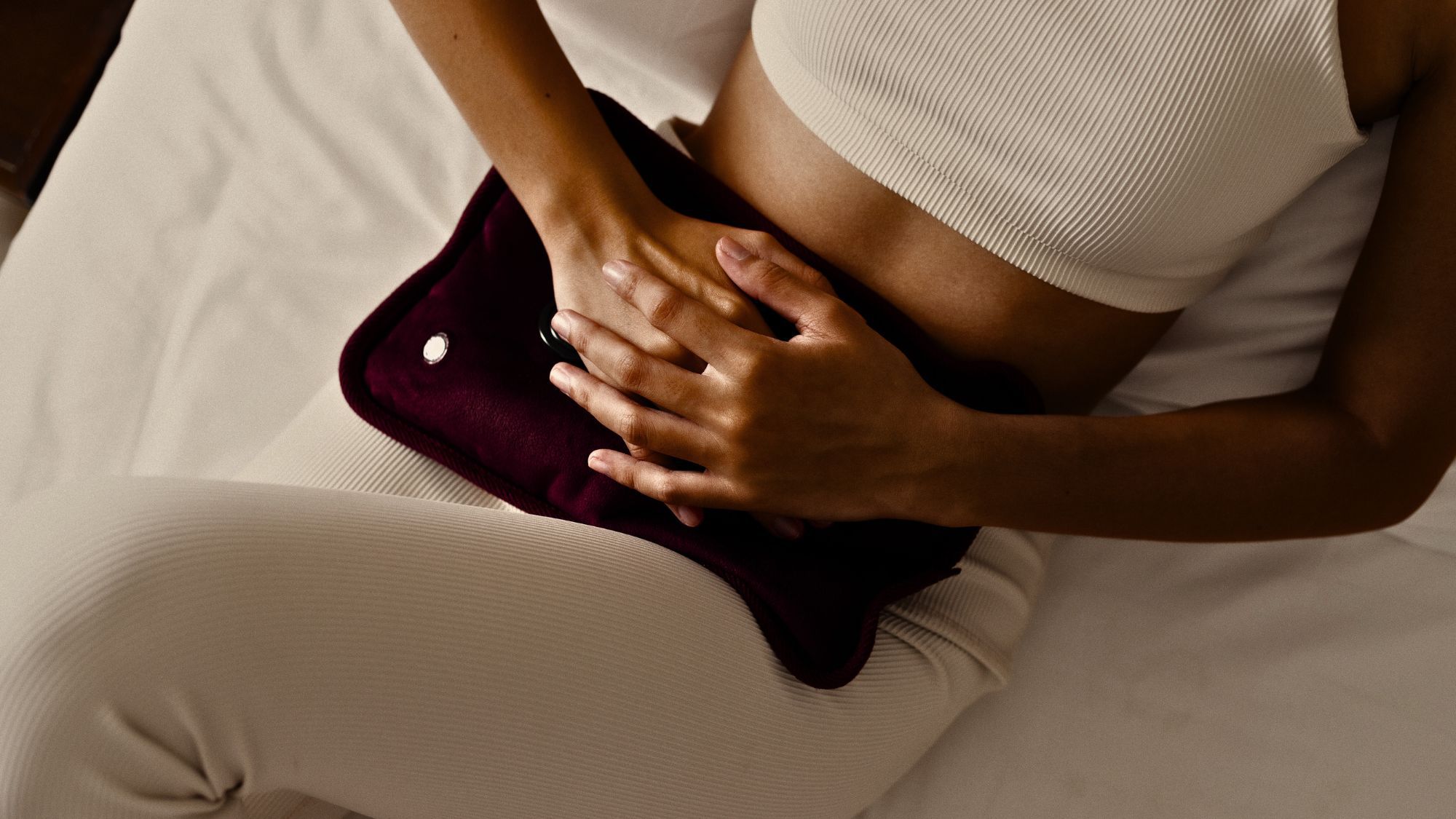For most women, “that time of the month” comes with unusual mood swings, cramps, and fatigue. Sometimes, these symptoms either stop when the period starts or stay for about the first two days. However, in extreme cases, these symptoms are worse, so much so that they interfere with everyday life, relationships, and even mental health.
If you’ve ever felt your premenstrual symptoms are more than just “normal,” you might be living with Premenstrual Dysphoric Disorder (PMDD), a severe and underdiagnosed extension of PMS.
Unlike regular PMS, PMDD will leave you questioning whether or not you’re an entirely different person one to two weeks every month. It’s not “hormones” or being “too emotional.” It’s a medical condition that affects about 5–8% of women.
In this article, we’ll break down what PMDD really is, how to tell it apart from regular PMS, the science behind it, and the steps you can take to get help.
What Is Premenstrual Dysphoric Disorder (PMDD)?
Premenstrual Dysphoric Disorder (PMDD) is a severe form of premenstrual syndrome (PMS) that produces extreme emotional and physical symptoms in the luteal phase; that’s the time between ovulation and the start of your period.
Where PMS can cause irritability or bloating, PMDD is far more severe. It can cause full-blown mood swings, anxiety, depression, and even suicidal thoughts that can last until after menstruation has begun.
We can call PMS a mild drizzle, while PMDD is a thunderstorm; it’s the same weather pattern, just on a completely different scale.
How PMDD Feels Different from PMS
Symptoms of PMDD tend to come on 7–10 days before your period and stop within a few days after your flow starts. Here are some emotional, mental, physical, and behavioural symptoms of PMDD:
-
Extreme disgust or anger.
-
Sudden mood swings
-
Feeling depressed, hopeless, or having constant bad thoughts.
-
Severe anxiety or tension.
-
Difficulty concentrating or feeling mentally foggy.
-
Feeling overwhelmed or not being able to cope with daily stress.
Physical and Behavioural Symptoms
-
Overwhelming fatigue or loss of energy.
-
Changes in appetite; overeating or cravings for carbohydrates.
-
Sleep difficulties (too little or too much).
-
Breast swelling or tenderness.
-
Headaches or aching joints.
-
Feeling heavy or bloated.
-
Low libido.
READ ALSO: One Viral Tweet Made Nigerian Women Start Talking Honestly About PMDD
What Causes PMDD?
Scientists don’t know precisely why PMDD occurs, but research indicates oversensitivity to hormonal changes, specifically estrogen and progesterone.
These hormones tend to naturally fluctuate after ovulation. Most women adjust to those changes, but for women with PMDD, their brains react differently.
Studies show that hormonal shifts tend to decrease levels of serotonin (the brain chemical that regulates mood), and women with PMDD are more sensitive to those drops, which lead to volatile mood, depression-like symptoms, and anxiety.
So, if you have these symptoms before your period, it’s not “all in your head”; it’s a neurochemical reaction triggered by your cycle. Other factors that might worsen PMDD are genetics, stress, poor sleep, too much caffeine and alcohol consumption, and lack of exercise. Also, underlying mental health conditions, such as a history of anxiety, depression, or trauma, can increase PMDD symptoms.
How to Know If You Have PMDD (and Not Just PMS)
Due to the overlap of PMDD symptoms with PMS and mood disorders, it may take a while to receive an accurate diagnosis. The best way to confirm PMDD is by tracking your symptoms across at least two menstrual cycles using a symptom diary or an app like Clue or Flo. This will allow you (and your doctor) to see patterns that align with the luteal phase.
If your symptoms seem to come and go on a monthly cycle and they’re really getting in the way of your day-to-day life, it might be a good idea to talk to a gynecologist or a psychiatrist who knows about hormonal mood issues.
READ ALSO: Menstrual Cup vs Pad: Which is Better?
Diagnosis and Treatment Options
PMDD is actually recognized in the DSM-5 (the big book doctors use for diagnosing mental health conditions), so your doctor will probably use specific guidelines to figure out if that’s what you’re dealing with.
Once they confirm it’s PMDD, treatment usually focuses on balancing your hormones, stabilizing your mood, and helping manage your symptoms. If you’re living with PMDD, here are some lifestyle tweaks that might really help:
>

